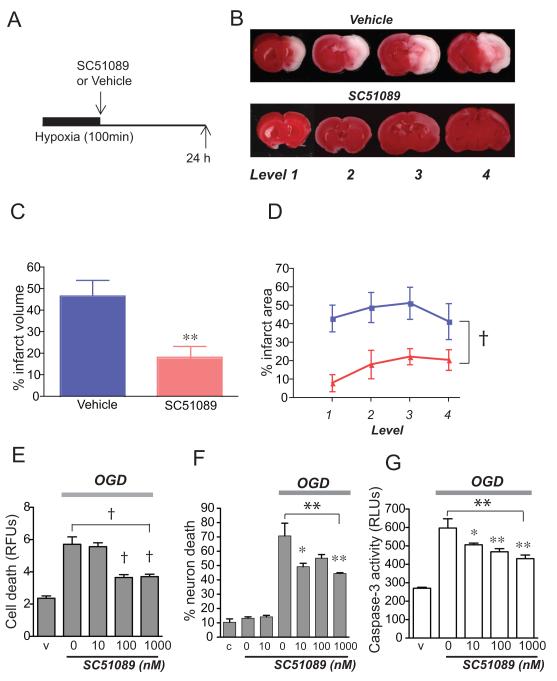Figure 3. Administration of EP1 antagonist SC51089 significantly protects against HIE injury.
(A) Diagram of experimental strategy where SC51089 (10 μg/kg) was given after HI. (B) Representative TTC stained coronal sections (levels 1-4) from postnatal day 7 rat brains 24 h after HI. (C) Quantification of hemispheric infarct volume by TTC demonstrates cerebroprotective effect of SC51089 (**p<0.01; n=9-11 per group). (D) Quantification of percent infarct area at each of the four levels demonstrates a significant decrease in infarct area in SC51089-treated group (pink) compared to Vehicle-treated group (blue; 2-way ANOVA, †p<0.001; n=9-11). (E) SC51089 reduces bEnd3 cell death induced after 6h of OGD (ANOVA p<0.001; post-hoc †p<0.001 for 100 nM and 1μM SC51089; n=6-8 per condition). (F) SC51089 reduces hippocampal neuronal cell death induced after 3h of OGD (ANOVA **p<0.01; post-hoc *p<0.05 for 10 nM and **p<0.01 for 1μM SC51089; n=4-6 per condition). (G) SC51089 reduces caspase-3 activity in hippocampal neurons subjected to 3h of OGD (ANOVA **p<0.01; post hoc *p<0.05 for 10 nM and **p<0.01 for 100 nM and 1μM; n=6-8 per condition; RFU: relative fluorescence unit; RLU: relative light unit)

